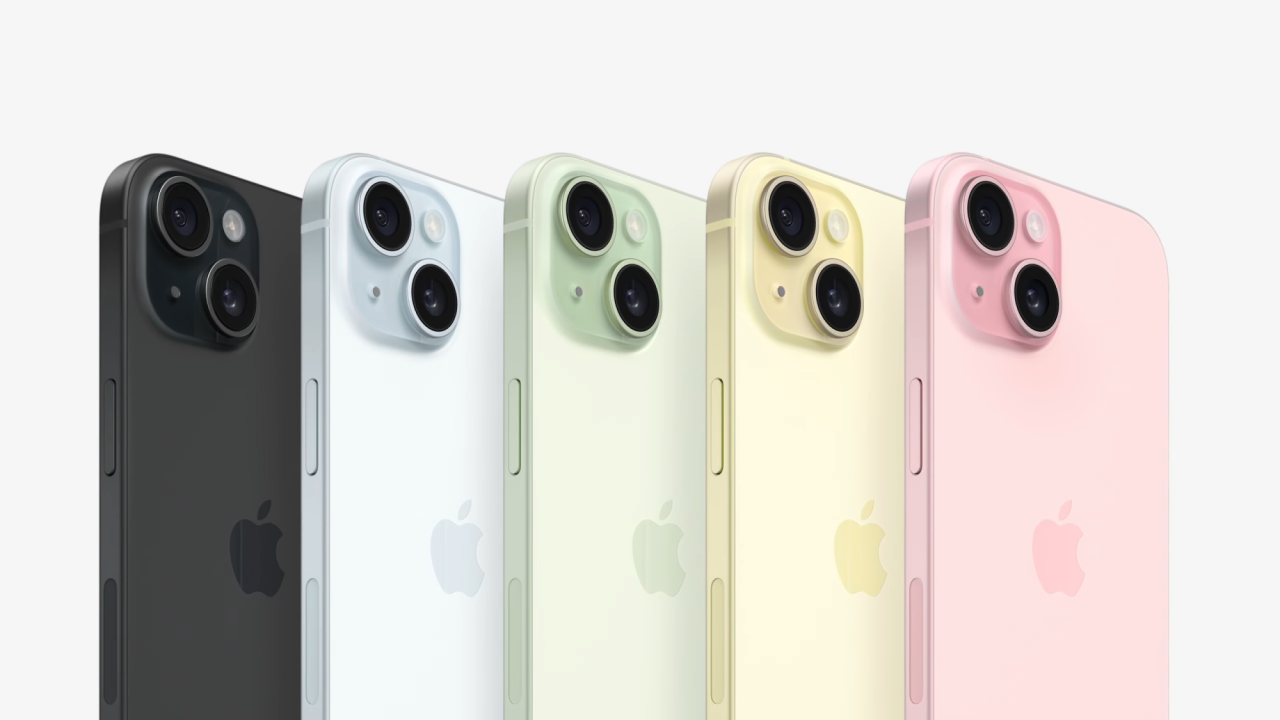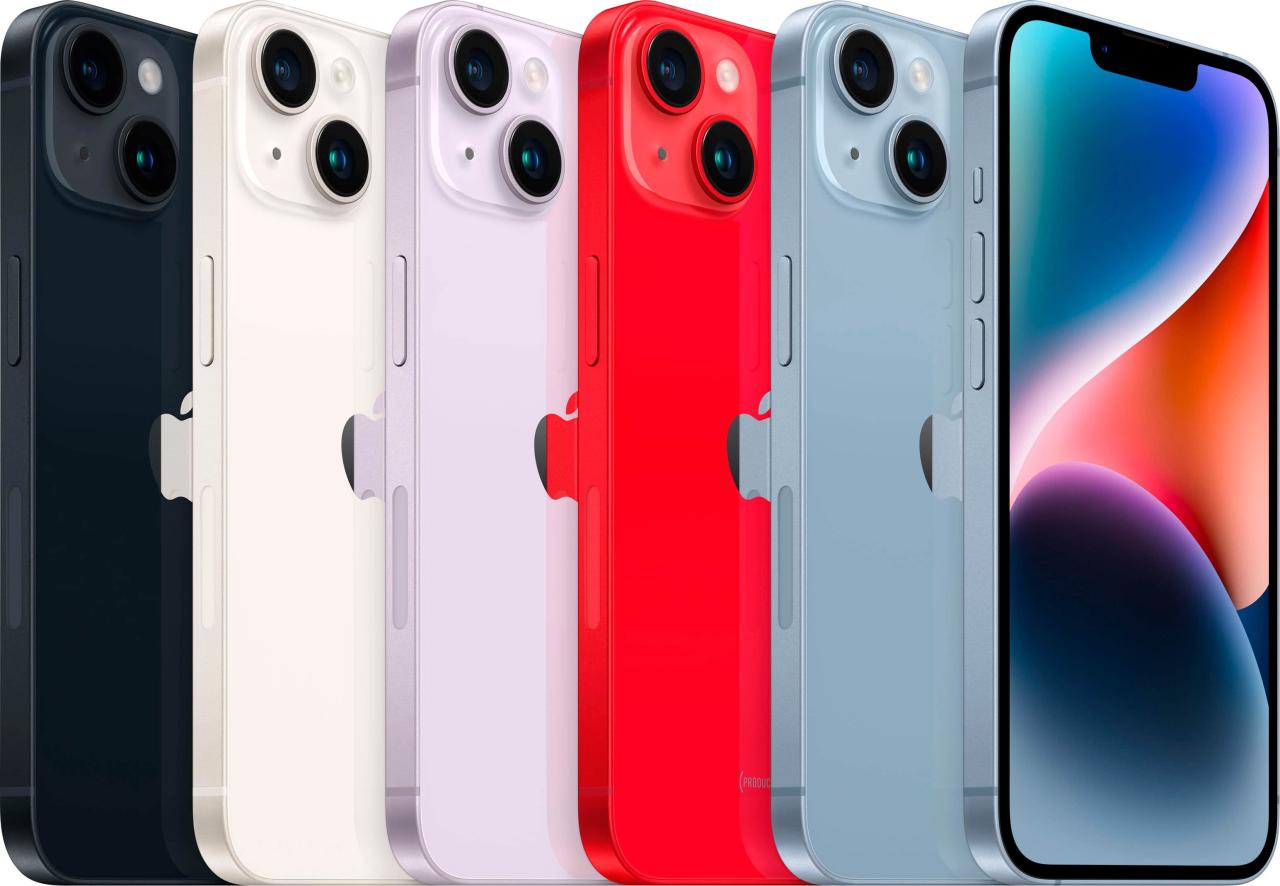Promotion iPhone strategies are at the heart of Apple’s marketing prowess, showcasing how innovative techniques can captivate audiences and drive sales. In a competitive landscape, understanding effective promotional tactics is essential for reaching the target demographic and maximizing impact.
This overview delves into successful marketing strategies, consumer behavior insights, and case studies that reveal what makes iPhone promotions resonate. By exploring social media influence and future trends, we gain a comprehensive understanding of the dynamic world of iPhone marketing.
Promotion Strategies for iPhone

In an increasingly competitive smartphone market, effective promotion strategies are essential for the success of iPhone marketing campaigns. With the brand’s strong identity and loyal customer base, Apple utilizes a combination of traditional and innovative promotional methods to maintain its market dominance. The following sections will explore various strategies tailored specifically for iPhone promotions, highlighting the importance of creativity and engagement.
Effective Promotional Strategies for Marketing iPhones
To capture the attention of potential customers and maximize sales, Apple employs multiple promotional strategies that resonate with its target audience. These strategies not only showcase the product’s features but also create an emotional connection with consumers.
- Exclusive Launch Events: Apple generates buzz around new iPhone releases through high-profile launch events that attract media attention and build anticipation. These events often feature demos of new features, enhancing consumer excitement.
- Limited-Time Offers: Special promotions, such as reduced prices or bundled accessories for a limited period, incentivize customers to purchase the latest iPhone, creating a sense of urgency around the buying decision.
- In-store Experiences: Apple Stores offer hands-on experiences for potential buyers, allowing them to test the latest iPhone models. This personalized service enhances the overall customer experience and encourages purchases.
- Partnerships with Carriers: Collaborating with mobile carriers for exclusive deals or trade-in programs can attract new customers and provide existing users with upgrade incentives, thus driving sales.
Innovative Advertising Campaigns Tailored for iPhone Promotions
Advertising campaigns for iPhones leverage creativity and storytelling to connect with consumers. Effective campaigns not only highlight product features but also align with cultural moments and consumer aspirations.
- Storytelling through Commercials: Apple’s advertisements often focus on relatable narratives that showcase how the iPhone fits into everyday life. This approach emphasizes usability and connects emotionally with viewers.
- User-Generated Content Campaigns: Encouraging customers to share their experiences or creations using their iPhones can amplify brand loyalty. Campaigns like “Shot on iPhone” highlight the phone’s camera capabilities through authentic user stories.
- Augmented Reality Experiences: Interactive ads utilizing augmented reality can provide immersive experiences. For instance, users can visualize how an iPhone would look in their hands or see its features in action.
- Influencer Collaborations: Partnering with influencers who align with Apple’s brand values can reach new audiences. Influencers can showcase the iPhone’s features in real-life settings, fostering trust among potential buyers.
Role of Social Media in Promoting iPhone Launches and Offers
Social media plays a pivotal role in the promotion of iPhones, serving as a dynamic platform for real-time engagement and outreach. It enhances the brand’s reach and allows for direct interaction with consumers.
- Real-Time Updates: Apple utilizes platforms like Twitter, Instagram, and Facebook to provide immediate updates about new launches, promotions, and events. This creates excitement and keeps followers informed.
- Hashtag Campaigns: Creating specific hashtags for product launches or promotions encourages users to engage and share their opinions, effectively increasing visibility and brand awareness.
- Live Streaming Events: Live streaming product launches or special announcements on platforms such as YouTube or Instagram not only reaches a global audience but also creates a sense of inclusivity among fans.
- Engagement through Polls and Quizzes: Interactive posts that invite users to participate in polls or quizzes related to new features or upcoming products can drive engagement and keep the audience invested in the brand.
Analyzing Consumer Behavior for iPhone Promotions

Understanding consumer behavior is critical for developing effective promotional strategies for the iPhone. This involves examining the factors that influence purchasing decisions, identifying demographic trends among buyers, and utilizing customer feedback to refine future marketing approaches. By gaining insights into these elements, Apple can tailor its promotional tactics to better meet customer needs and drive sales.
Key Factors Influencing Consumer Decisions, Promotion iphone
Several factors play a pivotal role in shaping consumer decisions when purchasing an iPhone. These include:
- Brand Reputation: Apple’s strong brand loyalty and perception of quality significantly influence consumer choices. Apple’s history of innovation and reliability often leads to repeated purchases.
- Product Features: Consumers are drawn to iPhones for their advanced technology, user-friendly interface, and unique features such as Face ID, high-quality cameras, and seamless integration with other Apple devices.
- Pricing Strategies: Promotional discounts, trade-in offers, and installment plans can sway decisions, making the product more accessible to a wider audience.
- Marketing and Advertising: Targeted marketing campaigns that resonate with specific demographics enhance visibility and appeal, thereby influencing purchase decisions.
Demographic Trends Among iPhone Buyers
Analyzing demographic trends provides valuable insights into the profiles of iPhone buyers. Research indicates that the primary consumers of iPhones are often:
- Young Adults: Millennials and Gen Z represent a significant portion of iPhone users, driven largely by the desire for cutting-edge technology and social media integration.
- Income Levels: Higher-income individuals tend to favor iPhones, as they are willing to invest in premium devices due to perceived quality and status.
- Geographical Distribution: Urban dwellers are more likely to purchase iPhones, benefiting from better connectivity and access to Apple retail locations.
Impact of Customer Feedback on Promotional Tactics
Customer feedback serves as a valuable resource for shaping future promotional strategies for iPhones. Analyzing user reviews, surveys, and social media sentiment allows Apple to identify areas for improvement and address consumer concerns.
“Consumer insights are essential for refining product features and enhancing overall customer satisfaction.”
This feedback loop can guide marketing campaigns, ensuring they align more closely with consumer expectations and preferences. For example, if users express a desire for longer battery life, Apple can emphasize enhancements in this area in their promotions, thereby directly addressing consumer needs and increasing engagement.
Successful Case Studies in iPhone Promotions

Apple’s iPhone promotions have consistently set benchmarks in marketing effectiveness, showcasing innovative strategies that resonate globally. The company has crafted compelling narratives around each new release, leveraging emotional connections, cutting-edge technology, and a robust brand philosophy. This discussion explores notable promotional campaigns, compares regional marketing strategies, and draws valuable lessons from less successful initiatives.
Notable Promotional Campaigns for iPhone Launches
Several iPhone promotional campaigns have become case studies in effective marketing. The launch of the iPhone 6 in 2014 is particularly noteworthy, as it utilized a highly strategic blend of online and offline advertising, social media engagement, and influencer partnerships. The tagline “Bigger than Bigger” resonated with consumers seeking larger screens and new features, resulting in record pre-orders.
Another successful example is the “Shot on iPhone” campaign, which effectively highlighted the superior camera quality of the iPhone by showcasing stunning photos taken by users worldwide. This user-generated content not only boosted brand loyalty but also encouraged potential customers to envision their creative possibilities with the device.
Apple’s promotional approach for the iPhone X also deserves mention. The campaign emphasized the revolutionary Face ID and edge-to-edge display, utilizing augmented reality (AR) experiences in stores and online. The launch event included live demonstrations, creating a buzz that translated into substantial sales within the first few months.
Regional Marketing Approaches for iPhone Promotions
Apple’s marketing strategies exhibit significant regional variance, tailored to meet specific cultural and economic conditions. In the United States, Apple often places emphasis on premium branding and direct marketing strategies, focusing on the aspirational nature of owning an iPhone. High-profile launch events accompanied by extensive media coverage are standard practice.
Conversely, in emerging markets like India, Apple has adapted its promotions to address price sensitivity and local competition. The introduction of the iPhone SE was a strategic move to attract budget-conscious consumers while maintaining the brand’s prestige. Promotional partnerships with local telecom carriers and tailored financing options have also been key to penetrating these markets.
In China, where smartphone competition is fierce, Apple has used localized marketing campaigns. Collaborative marketing with popular local apps and influencers has aided in building brand affinity among younger demographics. The integration of features catering to Chinese consumers, such as WeChat compatibility, further illustrates Apple’s adaptability.
Lessons from Unsuccessful iPhone Promotions
Despite its successes, Apple has also faced challenges in its promotional endeavors. The launch of the iPhone 5c in 2013 serves as a cautionary tale, as it aimed to capture a broader audience with a lower-priced option. Unfortunately, the marketing positioning as a “budget” iPhone diluted the brand’s premium image, leading to disappointing sales figures.
Another notable misstep occurred with the iPhone 6 Plus, which faced significant demand-supply mismatches, resulting in long wait times and consumer frustration. The marketing message failed to address the logistical challenges of fulfilling orders, which negatively impacted customer satisfaction.
These experiences underscore the importance of aligning promotional messaging with product positioning and market readiness. Effective communication of unique selling propositions, coupled with an understanding of consumer expectations, is crucial for successful launches.
Future Trends in iPhone Promotion
The landscape of technology is rapidly evolving, and with it, promotional strategies for products like the iPhone must adapt to stay relevant and effective. As consumer behavior continues to shift with advancements in technology, businesses must be proactive in aligning their promotional tactics with these emerging trends. Understanding these dynamics is essential for future success in the competitive smartphone market.
One significant shift is the integration of emerging technologies that enhance user engagement and personalization. With advancements in artificial intelligence, machine learning, and augmented reality (AR), iPhone promotional strategies can evolve to create more immersive and customized experiences. As consumers increasingly seek out unique interactions with brands, companies will have to leverage these technologies to maintain a competitive edge.
Emerging Trends Impacting iPhone Promotions
The following trends are poised to influence how iPhone promotions are developed and executed:
- Increased use of Artificial Intelligence: AI can analyze consumer behavior and preferences, allowing for hyper-personalized marketing campaigns.
- Growth of Augmented Reality: AR can provide immersive experiences that showcase product features and allow customers to visualize how the iPhone fits into their lives.
- Expansion of Social Commerce: Platforms like Instagram and TikTok are increasingly becoming places for direct purchases, requiring iPhone promotions to be integrated within these social media ecosystems.
- Focus on Sustainability: With growing consumer awareness, promotions that highlight eco-friendly practices and products will resonate with a more environmentally conscious audience.
- Enhanced Mobile Payment Solutions: As mobile wallets gain traction, promotions that facilitate easy transactions on mobile devices will become essential.
Potential Collaboration Opportunities for Future iPhone Promotions
Partnering with other brands and platforms can amplify the reach and effectiveness of iPhone promotions. The following collaboration opportunities can be explored:
- Tech Influencers: Collaborating with tech influencers can provide authentic endorsements and reach niche audiences.
- Content Creators: Partnering with creators who specialize in lifestyle or photography can showcase the iPhone’s capabilities in real-world settings.
- Fashion Brands: Collaborations that integrate the iPhone into fashion campaigns can present the device as a lifestyle accessory.
- Gaming Companies: Promotions tied to popular mobile games can engage younger demographics, emphasizing the iPhone’s gaming capabilities.
- Health and Fitness Brands: Partnering with health apps or fitness trackers can highlight the iPhone’s health-monitoring features.
Augmented Reality Enhancing Promotional Experiences
Augmented reality presents unique opportunities to create engaging and memorable promotional experiences for iPhone users. By utilizing AR technology, Apple can deliver interactive campaigns that allow customers to visualize and interact with their products in innovative ways.
For instance, an AR application could enable potential buyers to visualize how different iPhone models fit within their environments, whether at home or on the go. Users could ‘try out’ features such as camera capabilities, showcasing real-time effects on their surroundings. Through an engaging AR experience, customers can experience the product beyond traditional marketing methods, effectively bridging the gap between digital interactions and real-world applications.
“Augmented reality is not just a trend; it is the next significant step in consumer engagement, allowing brands to create experiences that resonate deeply with users.”
The integration of AR into promotional strategies can transform how consumers perceive and interact with the iPhone brand, paving the way for future innovations in marketing approaches.
Answers to Common Questions: Promotion Iphone
What are effective promotion methods for iPhones?
Effective methods include social media campaigns, influencer partnerships, and targeted ads that resonate with specific demographics.
How does consumer feedback influence iPhone promotions?
Consumer feedback helps refine marketing messages and promotional strategies, ensuring they align with customer preferences and expectations.
What role does social media play in iPhone promotions?
Social media amplifies reach, creates buzz around launches, and facilitates direct engagement with potential customers.
What are some future trends in iPhone promotions?
Emerging trends include the use of augmented reality in advertising and more personalized marketing based on consumer data analytics.
Why are case studies important for understanding iPhone promotions?
Case studies provide valuable insights into successful campaigns, helping marketers learn from both effective and ineffective strategies.
The Samsung Note7 was a significant device in smartphone history, known for its innovative features and unfortunate recall due to battery issues. This incident highlighted the importance of safety in device manufacturing, reminding consumers of the risks associated with advanced technology. For a deeper dive into its features and the controversies surrounding it, check out this comprehensive look at the samsung note7.
Meanwhile, the Samsung Galaxy S 4 remains a classic in the lineup of smartphones, celebrated for its user-friendly interface and impressive camera quality. It set a benchmark for subsequent models and was loved for its sleek design and multitasking capabilities. Explore more about its standout features and how it shaped the smartphone market by visiting the detailed article on samsung galaxy s 4.